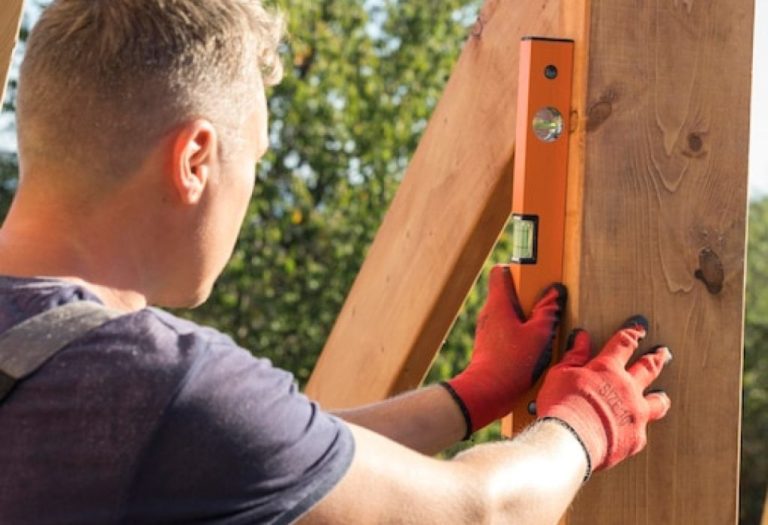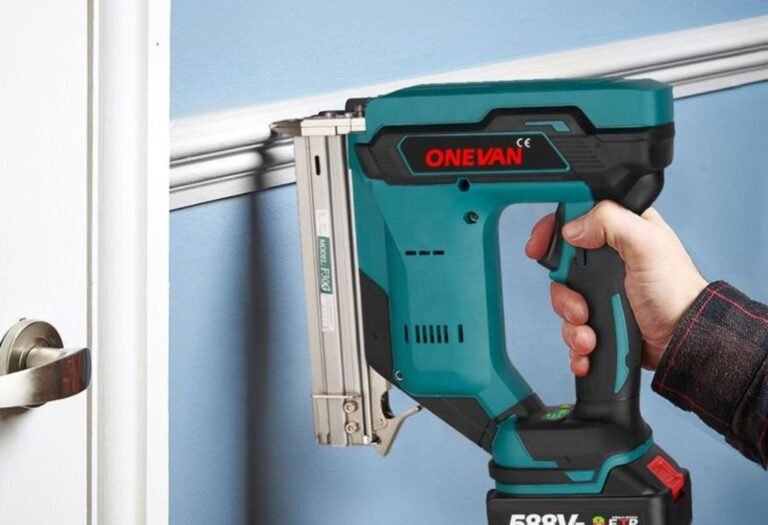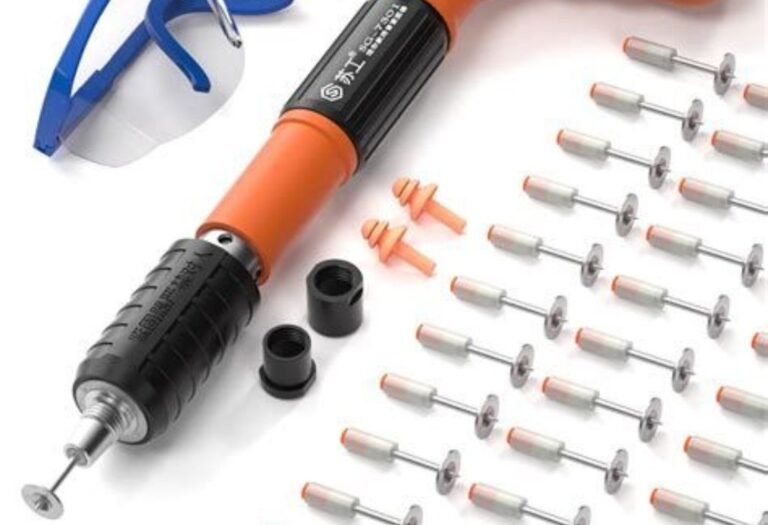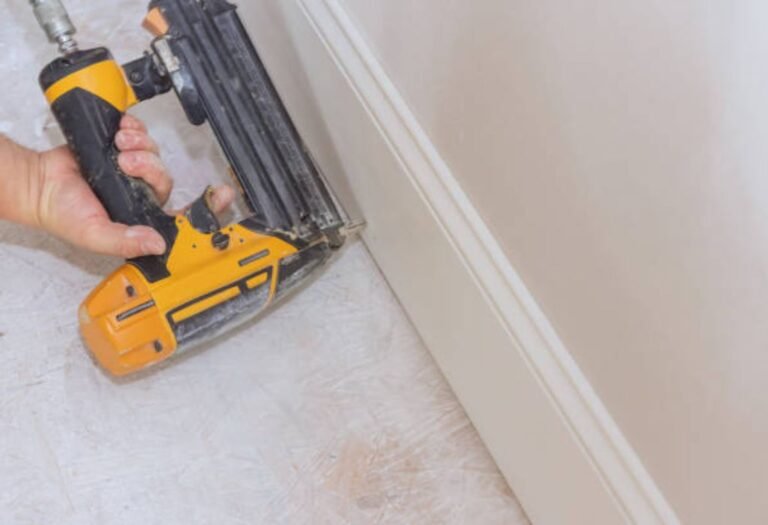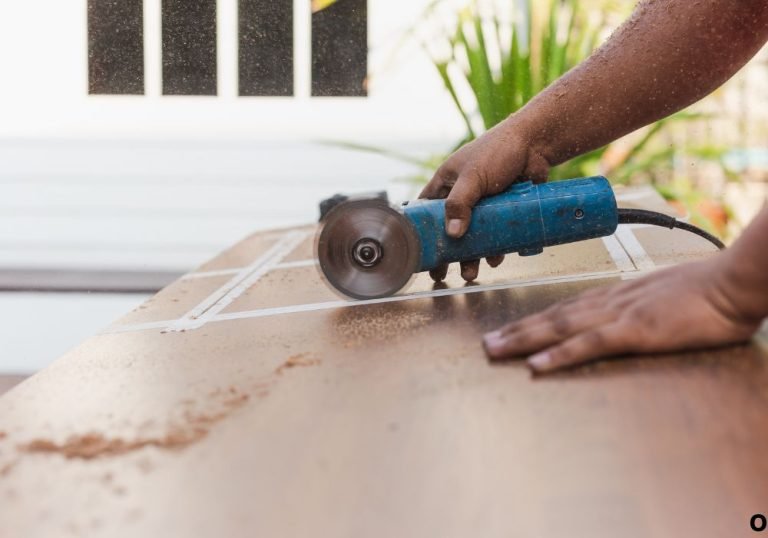How Hot Does a Heat Gun Get? Complete 2025 Guide
A DIY enthusiast reaches for a heat gun to strip old paint from a wooden chair, only to be surprised by just how much power this small handheld tool produces.
The intense stream of hot air feels far stronger than expected, sparking curiosity about just how hot a heat gun can actually get compared to other household tools.
Many beginners assume a heat gun is similar to a hair dryer, but in reality, its temperature range is far more extreme and potentially dangerous if not handled with care.
Using a heat gun without understanding its temperature capacity can lead to accidents, including burns, melted materials, or even unintentional fires.
At the same time, knowing the right temperature settings is key to completing tasks successfully, from removing old paint and thawing frozen pipes to welding plastics or loosening rusted bolts.
The versatility of this tool comes from its ability to operate across a wide temperature spectrum, making it essential to learn what those numbers mean for safe and efficient use.
According to the Consumer Product Safety Commission, thousands of heat gun-related accidents are reported in the United States each year, often linked to misuse or underestimating just how hot these tools get.
With growing popularity among DIYers and professionals alike, heat guns are now found in more homes than ever, making safety knowledge more important than brand choice.
Understanding the maximum temperature of a heat gun and how to control it effectively allows users to take advantage of its power without unnecessary risk.
This guide explains how hot heat guns really get, which models reach the highest temperatures, how different settings apply to specific jobs, and what safety practices every user should follow in 2025.
What Is a Heat Gun?
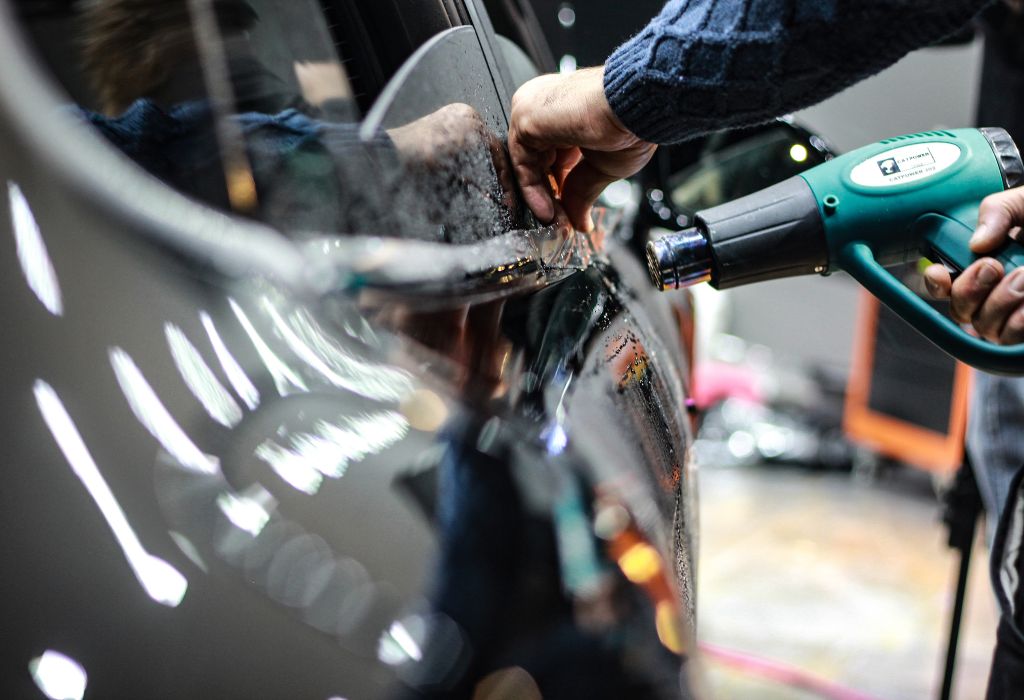
A heat gun is a handheld electric tool designed to emit a concentrated stream of hot air, allowing users to apply controlled heat for various tasks around the home, workshop, or construction site. These tools are often shaped like a hair dryer but operate at significantly higher temperatures, making them useful for jobs that require intense heat without an open flame.
The design of a typical heat gun includes an electric heating element, a fan to blow air through the chamber, and a nozzle that directs the airflow onto the target surface. Unlike open flame tools such as torches, a heat gun provides heat in a safer, more manageable form that reduces the risk of uncontrolled burning.
Consumer-grade heat guns are commonly used for DIY projects such as paint stripping, thawing frozen pipes, or removing adhesive labels, while industrial-grade models are built for heavy-duty work like plastic welding, roofing applications, and automotive repair. The difference between these two categories usually comes down to temperature range, wattage, and durability under prolonged use.
One of the key advantages of a heat gun is its adjustable temperature control, which allows users to switch between low, medium, and high settings depending on the material and task at hand. This flexibility makes it an essential tool in both home improvement toolkits and professional settings where precision heat is required.
What is a heat gun?
It is a handheld tool that blows hot air for tasks like paint stripping, thawing, and plastic welding.
Is it like a hair dryer?
No, a heat gun reaches much higher temperatures than a hair dryer.
Do all heat guns have adjustable settings?
No, some basic models have only high and low modes, while advanced ones offer full variable control.
Are there different types of heat guns?
Yes, consumer, industrial, and specialty models exist for different uses.
What makes them powerful?
Their ability to produce high heat without an open flame makes them both versatile and safe.
How Hot Does a Heat Gun Get?
Heat guns are capable of reaching temperatures far beyond what most household tools can generate, making them both powerful and potentially dangerous if misused. Entry-level consumer models usually range between 200°F (93°C) and 750°F (400°C), which is already hot enough to strip paint, shrink plastic, or thaw frozen pipes.
Professional-grade and industrial models can exceed 1,000°F (537°C), with some advanced versions pushing as high as 1,200°F (650°C). These extreme heat levels allow users to complete demanding tasks like welding plastics, loosening rusted bolts, or bending PVC piping.
Most heat guns today feature adjustable temperature controls that let users select specific ranges, ensuring safety and precision for delicate jobs or maximum power for heavy-duty tasks. This flexibility makes heat guns more versatile than tools with fixed single temperatures.
The heat produced by a heat gun is strong enough to ignite flammable materials if used incorrectly, which is why proper training and safety precautions are essential. Knowing the maximum temperature range of your specific model helps you choose the right one for your projects.
What is the max temperature of a heat gun?
Most reach 1,000°F (537°C) or more.
Do DIY heat guns reach 1,000°F?
Some can, but most stay between 750–1,000°F.
Are industrial heat guns hotter?
Yes, they often exceed 1,100°F (593°C).
Can a heat gun start a fire?
Yes, if directed at flammable surfaces.
Do heat guns get hotter than ovens?
Yes, they often exceed standard oven temperatures.
Factors That Affect Heat Gun Temperature
Several factors influence how hot a heat gun can get, beginning with its wattage and motor design. Higher wattage models typically produce stronger airflow and higher maximum heat, while lower wattage versions are limited in both power and runtime.
Nozzle type plays an important role as well, since different attachments concentrate or spread heat in unique ways. A focused nozzle delivers a high-intensity stream, while a wide nozzle distributes heat over larger surfaces.
Airflow speed also impacts performance, with faster fans pushing heat more efficiently and preventing overheating in one spot. Adjustable airflow settings allow users to fine-tune both heat intensity and spread.
Finally, distance from the surface changes effective heat dramatically. Holding the gun closer increases temperature impact, while pulling it away reduces concentrated heat but covers a larger area.
Does wattage affect temperature?
Yes, higher wattage increases heat and airflow.
Do nozzles change heat levels?
Yes, they concentrate or diffuse hot air.
How does airflow impact heat?
More airflow spreads heat faster and wider.
Does distance reduce temperature?
Yes, farther distance lowers intensity.
Do cheaper models heat less?
Yes, budget models have limited temperature ranges.
Heat Gun Uses at Different Temperatures
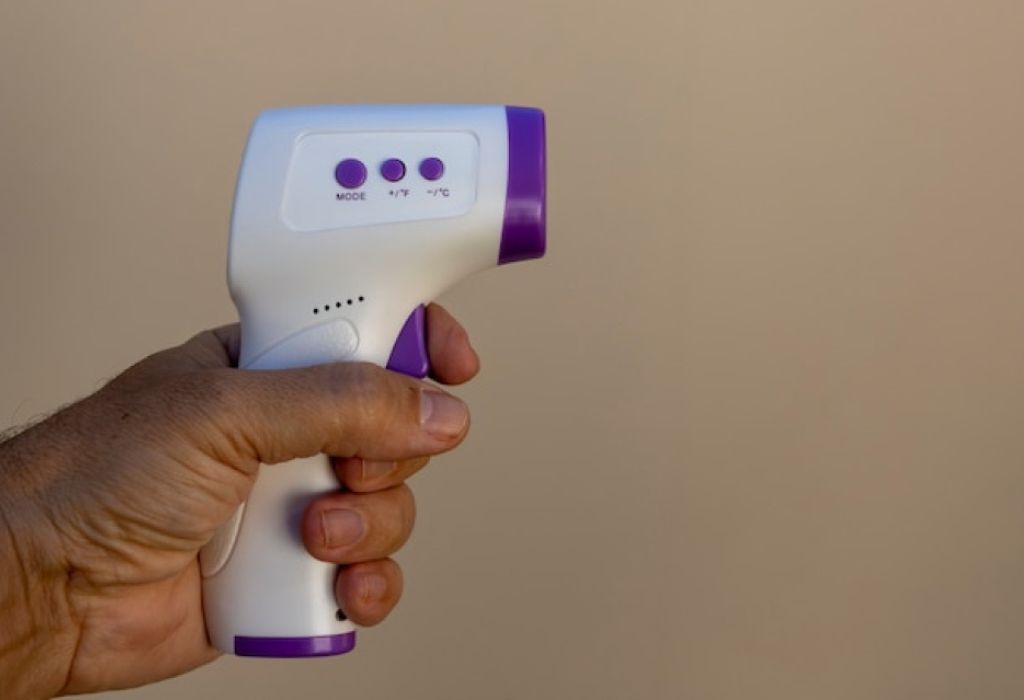
Heat guns are versatile because different temperatures suit different tasks, making them an essential tool in many workshops. At 200–400°F, they are perfect for gentle jobs like drying paint, thawing pipes, or softening adhesives without causing damage.
Medium ranges between 400–600°F are excellent for shrinking plastic tubing, working with vinyl wraps, or applying heat-shrink packaging. This makes them especially valuable in automotive work and electrical projects.
Temperatures from 600–900°F are commonly used for stripping paint, loosening tile adhesive, or removing flooring materials. At this level, the heat is strong enough to break down stubborn bonds without relying on harsh chemicals.
For heavy-duty work, 900–1200°F is required. This includes welding plastics, loosening rusted bolts, or shaping materials like PVC piping in plumbing or construction projects.
What temp removes paint?
Usually 600–900°F works best.
What temp for shrink wrap?
400–600°F is ideal.
Can a heat gun thaw frozen pipes?
Yes, at around 200–400°F.
What temp welds plastic?
Around 900–1200°F is needed.
Do high temps loosen bolts?
Yes, rusted bolts loosen above 900°F.
Heat Gun vs Hair Dryer Temperature
A common misconception is that a heat gun is just a stronger version of a hair dryer, but the two tools are very different in terms of temperature and purpose. Hair dryers typically operate between 100°F and 200°F, which is safe for drying hair but completely ineffective for tasks requiring extreme heat.
Heat guns, by contrast, start at around 200°F and can reach up to 1200°F, making them capable of melting plastics, stripping paint, and even loosening metal. Using a hair dryer in place of a heat gun will not achieve the same results because it lacks both the intensity and concentration of airflow.
The safety risks also differ significantly between the two devices. While hair dryers may cause mild burns if misused, heat guns can ignite flammable materials or cause serious injuries if handled improperly.
For this reason, it is never recommended to substitute one for the other. Each tool serves its own purpose and should be used in the correct setting.
Is a heat gun hotter than a hair dryer?
Yes, it reaches up to six times higher temperatures.
Can a hair dryer replace a heat gun?
No, it cannot achieve the same results.
Why is a heat gun unsafe for hair?
Because it produces dangerously high heat.
Can a hair dryer strip paint?
No, it lacks the necessary heat power.
Do both tools work with airflow?
Yes, but at very different intensities.
Industrial vs DIY Heat Guns
Heat guns come in different categories, with DIY models designed for homeowners and industrial models built for professionals. DIY models are smaller, lighter, and usually operate between 200°F and 1000°F, making them suitable for most household tasks.
Industrial models, on the other hand, can exceed 1200°F and are engineered for continuous use in demanding environments. They often feature digital controls, stronger motors, and advanced safety systems.
The applications also vary widely, with DIY models used for paint removal, crafts, and small repairs, while industrial models are applied in roofing, flooring, automotive work, and construction. The cost difference reflects these capabilities, with industrial tools often priced several times higher than consumer-grade options.
Choosing between them depends on how often you plan to use the tool and what type of projects you undertake. For occasional DIY jobs, a standard 18V heat gun is enough, while professionals need the durability of industrial-grade designs.
What’s the difference between DIY and industrial heat guns?
DIY is for home use, industrial is for heavy-duty work.
Do industrial models last longer?
Yes, they are built for continuous operation.
Are DIY models enough for home use?
Yes, they cover most household needs.
Do pros use higher temp ranges?
Yes, industrial jobs require extreme heat.
Is there a big price difference?
Yes, industrial models are much more expensive.
Safety Risks of High Heat
The extreme temperatures produced by heat guns make them powerful but also potentially hazardous if safety precautions are ignored. Burns are the most common risk, as skin contact with hot air can cause serious injuries within seconds.
Heat guns are also capable of igniting flammable materials such as paper, wood dust, or fabrics when used too closely or for too long. This makes proper distance and movement essential to prevent fires.
Another safety concern is toxic fumes that may be released when heating plastics, paints, or adhesives. Proper ventilation and protective masks are recommended to avoid inhaling harmful chemicals.
Protective gloves, goggles, and heat-resistant surfaces should always be used when operating a heat gun. Understanding its risks ensures safe handling while still taking advantage of its versatility.
Can a heat gun cause burns?
Yes, even brief exposure can burn skin.
Can it start fires?
Yes, if aimed at flammable materials.
Do heat guns release toxic fumes?
Yes, when heating paint or plastic.
Should gloves be worn?
Yes, to protect hands from heat.
Is ventilation necessary?
Yes, to avoid inhaling fumes.
Best Practices for Using Heat Guns Safely
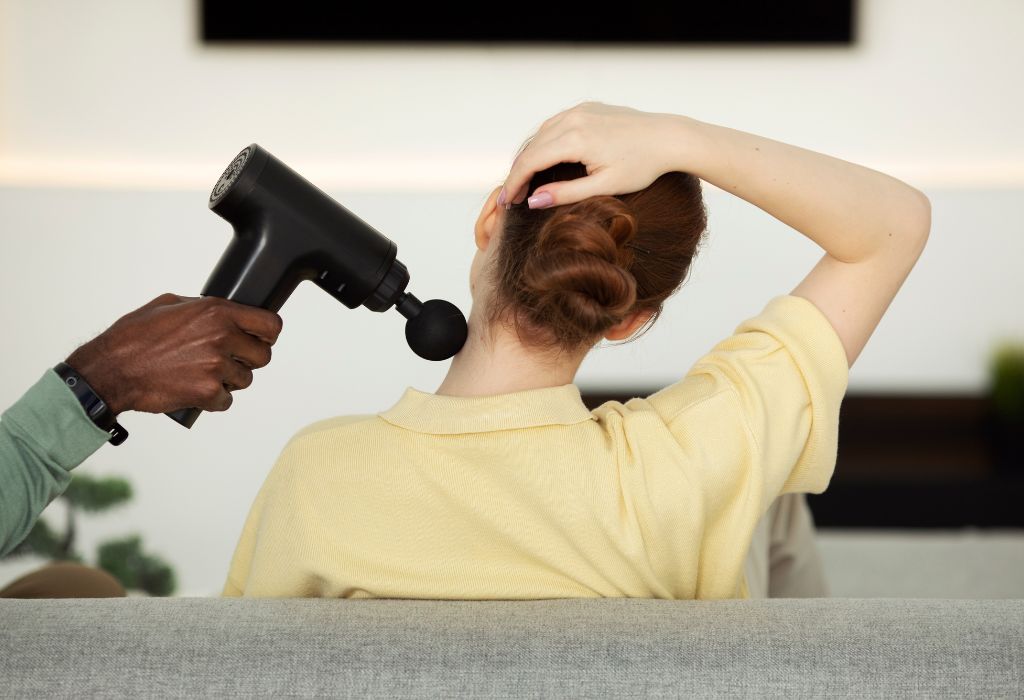
Using a heat gun effectively requires more than just knowing the right temperature settings. Proper technique and safety habits are essential to prevent accidents and extend the life of the tool.
Always keep the heat gun moving across the surface instead of concentrating on one spot. This prevents overheating, scorching, or accidental fires while ensuring even heat distribution.
Select the correct nozzle attachment for your project, since different shapes control airflow for specific applications such as stripping paint or focusing heat on pipes. Using the wrong nozzle can waste time or damage materials.
Start with the lowest temperature setting and gradually increase if necessary. This allows better control and minimizes risks when working with delicate surfaces.
Should I keep heat guns moving?
Yes, to prevent overheating and fires.
What nozzles should I use?
Use task-specific attachments for best results.
Should I start on low heat?
Yes, then adjust upward if needed.
Do heat guns need cooling time?
Yes, let them cool before storage.
Can kids use heat guns?
No, they are unsafe for children.
Conclusion
Heat guns are incredibly versatile tools capable of reaching temperatures between 200°F and 1200°F, depending on the model and design. This wide range allows them to perform everything from light DIY tasks to heavy-duty industrial applications.
Understanding how hot a heat gun gets is the first step toward using it safely and effectively. Whether you are thawing frozen pipes, stripping old paint, or welding plastics, knowing the right temperature settings ensures success without accidents.
Both DIY and industrial models offer unique advantages, but all require proper safety precautions. Using gloves, ventilation, and correct techniques keeps users safe while unlocking the tool’s full potential.
Final advice: choose the right heat gun for your needs, respect its power, and handle it with care, because when used properly, a heat gun is one of the most useful and efficient tools in any workshop or home project.

I’m Michael R. Turner, the founder, lead writer, and passionate DIY enthusiast behind 101diytools.com. With years of hands-on experience in home improvement and power tools, I built this platform to share practical tips, in-depth guides, and honest reviews to help DIYers of all skill levels tackle projects with confidence and the right tools.


